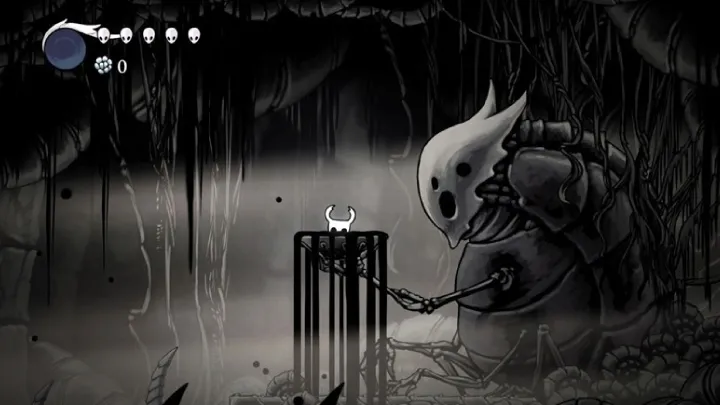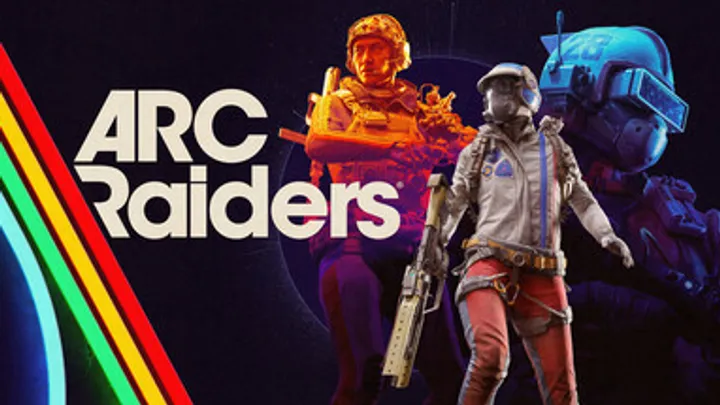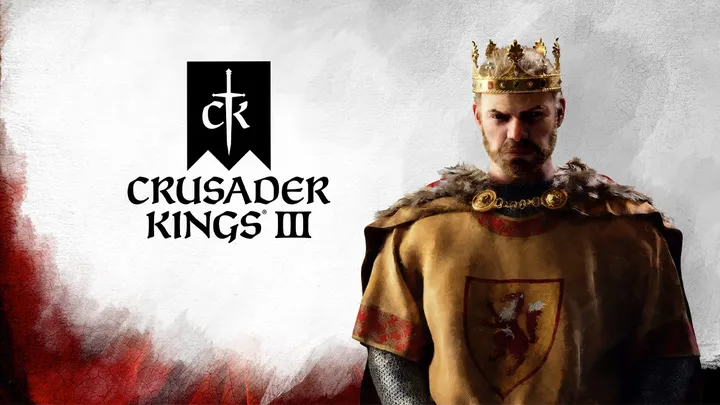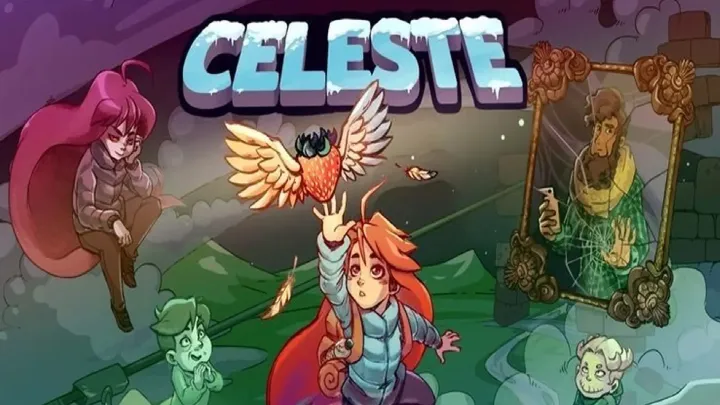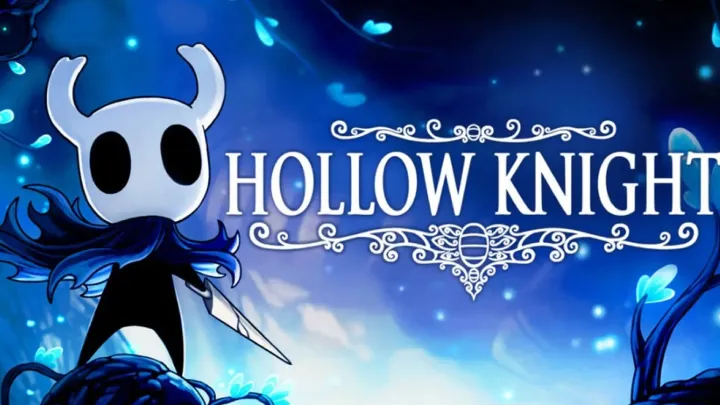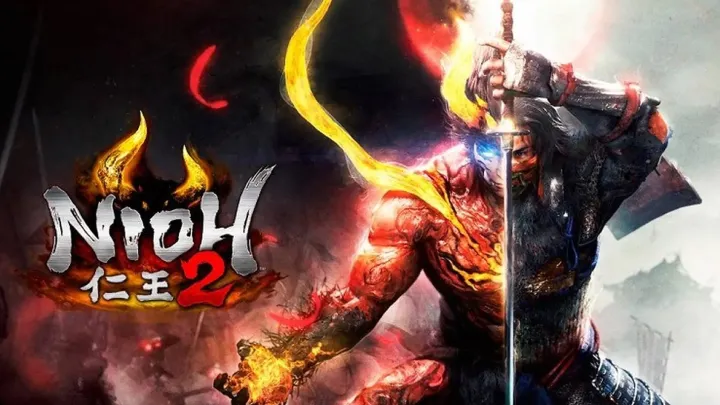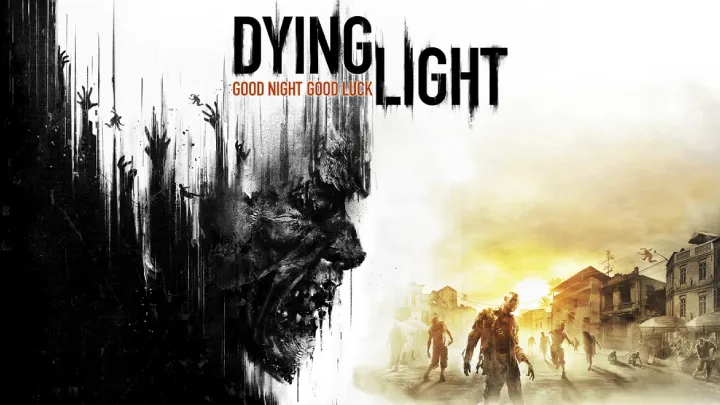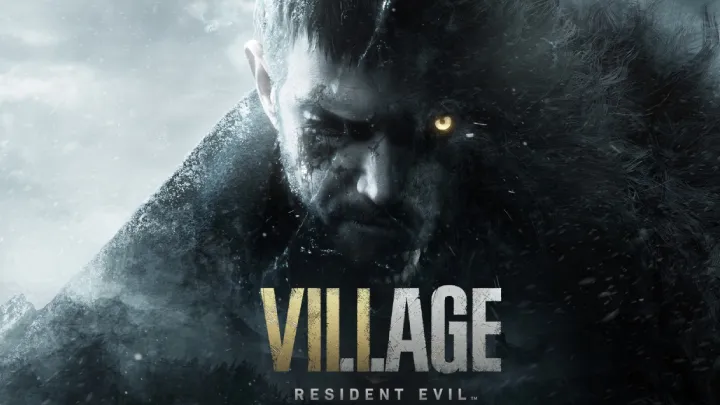
From its hauntingly beautiful art style to its intricate world design, Hollow Knight is celebrated not only for its gameplay but for its profound narrative themes. Central to the experience is the exploration of identity and loss, which permeates every aspect of the game. Players guide the titular Knight through the desolate kingdom of Hallownest, encountering various characters and remnants of a once-thriving civilization. This article delves deep into the specific issue of identity and loss in Hollow Knight, examining how these themes manifest through characters, lore, and gameplay mechanics, ultimately shaping the player’s journey.
The Setting: Hallownest as a Reflection of Loss
Hallownest is a sprawling, interconnected world filled with beauty and decay, serving as a poignant backdrop for the game’s exploration of identity and loss. The kingdom's rich history, once vibrant with life, is now a shadow of its former self, filled with remnants of its inhabitants and the consequences of their choices.
The Architecture of Despair
The design of Hallownest is characterized by its intricate architecture that tells a story of a fallen civilization. From the lush Greenpath to the desolate City of Tears, each area reflects the emotional state of the kingdom. The architecture conveys a sense of nostalgia and loss, inviting players to explore the remnants of a once-thriving community. This sense of decay is palpable, reminding players that all things, no matter how grand, are subject to time and change.
The Impact of Lore on Identity
Embedded within the environments are pieces of lore that reveal the history of Hallownest and its inhabitants. As players uncover these stories, they learn about the struggles and failures of the Knight's predecessors, particularly the Pale King and the infection that ravaged the land. This lore adds depth to the theme of loss, as players witness the impact of choices made by these characters. The stories of past inhabitants serve as cautionary tales, reflecting the consequences of ambition and the fragility of identity.
The Protagonist: The Knight's Journey of Self-Discovery
At the heart of Hollow Knight is the Knight, a silent protagonist whose journey is one of self-discovery amidst the ruins of Hallownest. The Knight’s identity is shrouded in mystery, and players are invited to explore this enigma as they progress through the game.
The Silence of the Knight
The Knight’s silence serves as a powerful narrative tool, allowing players to project their own interpretations of identity onto the character. This ambiguity creates a sense of universality, as players can relate to the Knight's struggle for understanding and purpose. The lack of dialogue forces players to engage with the world and its characters on a deeper level, encouraging exploration and reflection on identity.
The Quest for Purpose
As the Knight traverses Hallownest, they encounter various challenges and adversaries that test their resolve. Each battle and interaction serves as a step toward understanding their purpose in this decaying world. The Knight’s journey reflects the search for identity in the face of adversity, illustrating the idea that self-discovery often involves confronting external threats and internal doubts.
The Influence of Characters: Echoes of Identity
Throughout Hollow Knight, the Knight encounters a diverse cast of characters, each representing different aspects of identity and loss. These interactions enrich the narrative, providing insights into the complexities of existence within Hallownest.
The Role of the Inhabitants
The various inhabitants of Hallownest—such as the charmingly eccentric Cornifer, the brooding Zote, and the wise Elderbug—each embody different interpretations of identity shaped by their experiences. Their stories resonate with the Knight’s journey, illustrating how loss and struggle can redefine one’s sense of self.
Examples of Character Interactions
- Cornifer: The mapmaker provides a sense of hope and adventure, encouraging exploration while reflecting on the joy of discovery amidst loss.
- Zote: The self-proclaimed hero represents the absurdity of identity and the struggle for recognition, often failing to live up to his own expectations.
The Impact of Relationships on Identity
These characters also serve as mirrors for the Knight, reflecting their own struggles and aspirations. The relationships formed throughout the game emphasize the interconnectedness of identity, suggesting that understanding oneself often involves engaging with others. As the Knight interacts with these characters, players witness the transformative power of relationships in shaping identity.
The Theme of Loss: A Central Motif
Loss is a pervasive theme in Hollow Knight, driving the narrative and shaping the experiences of the characters. The game explores various forms of loss, from the loss of loved ones to the loss of identity itself.
The Personal Impact of Loss
The effects of loss are felt deeply by the characters in Hallownest. Whether it’s the loss of the kingdom's former glory or the personal tragedies experienced by its inhabitants, the weight of these losses creates an atmosphere of melancholy. Players are invited to empathize with these characters, understanding that their struggles are rooted in the sorrow of what has been lost.
The Legacy of the Past
As players uncover the lore of Hallownest, they learn about the events that led to its downfall. The stories of characters like the Pale King and the Radiance illustrate how ambition and hubris can result in devastating loss. This exploration of legacy emphasizes the idea that identity is shaped by both personal experiences and the collective history of a community.
The Cycle of Life and Death: A Reflection on Existence
Hollow Knight invites players to contemplate the cycle of life and death, illustrating how these concepts are intertwined with identity. The game’s mechanics and narrative structure reinforce the idea that existence is a continuum marked by transformation and rebirth.
The Nature of Death
In Hollow Knight, death is not an endpoint but rather a part of the journey. The Knight’s ability to respawn after dying emphasizes the cyclical nature of existence. This mechanic challenges players to rethink their perceptions of failure and resilience, suggesting that identity can be reshaped through experiences, even in the face of death.
The Symbolism of the Dream Nail
The Dream Nail, a key item in the game, allows the Knight to access the dreams of others, uncovering their thoughts and memories. This mechanic serves as a metaphor for exploring the depths of identity, suggesting that understanding oneself requires delving into the subconscious. The Dream Nail highlights the interconnectedness of existence, as the Knight can influence and be influenced by the dreams of others.
The Role of Transformation: Identity in Flux
Transformation is a central theme in Hollow Knight, reflecting the fluid nature of identity. The Knight undergoes various transformations throughout the game, symbolizing the ongoing journey of self-discovery.
The Evolution of the Knight
As players progress, the Knight gains new abilities and powers that enhance their combat style and exploration. These transformations reflect the growth and evolution of their identity, illustrating that selfhood is not static but dynamic. The Knight’s journey becomes a metaphor for the continuous process of becoming.
The Influence of External Forces
Transformation is also influenced by external forces, such as the environment and encounters with other characters. The Knight’s interactions with the different factions and beings in Hallownest shape their abilities and understanding of identity. This interplay between internal and external factors emphasizes the complexity of transformation and the many influences that shape selfhood.
The Final Confrontation: Identity and Acceptance
As the narrative approaches its climax, the Knight faces a confrontation that challenges their understanding of identity and the themes of loss and transformation.
The Showdown with the Radiance
The final battle against the Radiance serves as a culmination of the Knight’s journey, forcing them to confront the embodiment of loss and despair. This confrontation challenges the Knight to reconcile their past with their present, highlighting the complexities of identity in the face of overwhelming odds.
The Emotional Weight of the Encounter
The emotional weight of this confrontation underscores the themes of loss and acceptance. As the Knight battles the Radiance, players witness their evolution from a character grappling with self-doubt to one who embraces their identity. This moment encapsulates the essence of their journey, highlighting the importance of acceptance and the struggle for agency in a world filled with chaos.
Embracing Identity in the Aftermath
The resolution of the conflict allows the Knight to embrace their identity in a new light. They emerge not only as a skilled warrior but also as a character who understands the nuances of their past and the potential for their future. This evolution emphasizes the theme that identity is multifaceted and ever-changing.
The Aftermath: Reflecting on Identity and Loss
Hollow Knight encourages players to reflect on the Knight’s journey and the broader implications of identity and loss. The aftermath invites players to consider the impact of their choices on both the protagonist and the world around them.
The Legacy of the Knight
The Knight’s journey in Hollow Knight serves as a powerful narrative about self-discovery and the complexities of identity. Their evolution from a fragmented self to a character who embraces their past illustrates the transformative power of experience and choice.
A Call for Reflection
The game invites players to consider their own journeys of self-discovery and the identities they forge. By engaging with the Knight’s story, players are prompted to reflect on their values, choices, and the connections that shape their lives.
Community Reception: Engaging with Themes of Identity
The release of Hollow Knight has sparked discussions within the gaming community regarding its exploration of identity and loss. Players have shared their interpretations of the game’s themes, reflecting on the narratives that resonate with them.
Positive Feedback on Character Development
Many players have praised the game for its nuanced exploration of character development and emotional depth. The Knight’s internal struggles resonate with individuals who have faced similar conflicts in their lives, making their journey relatable and impactful. The game’s ability to tackle complex themes within an engaging narrative has garnered significant acclaim.
Critiques and Calls for Depth
Conversely, some players have expressed a desire for even deeper explorations of identity and loss. While the game offers a rich narrative, there is an acknowledgment that the complexities of identity cannot be fully captured in a single story. This feedback emphasizes the need for ongoing conversations about identity in gaming and the importance of representation.
Conclusion: The Enduring Impact of Identity and Loss in Hollow Knight
Hollow Knight presents a profound exploration of identity and loss through the journey of its protagonist, the Knight. By navigating the complexities of selfhood, memory, relationships, and choice, the Knight emerges as a character who embodies resilience and growth. The game’s rich narrative invites players to reflect on their own identities and the journeys they undertake in search of self-understanding. As the gaming industry continues to evolve, the themes presented in Hollow Knight will undoubtedly resonate with future narratives, reinforcing the importance of exploring the intricate connections between identity, loss, and the quest for meaning.
